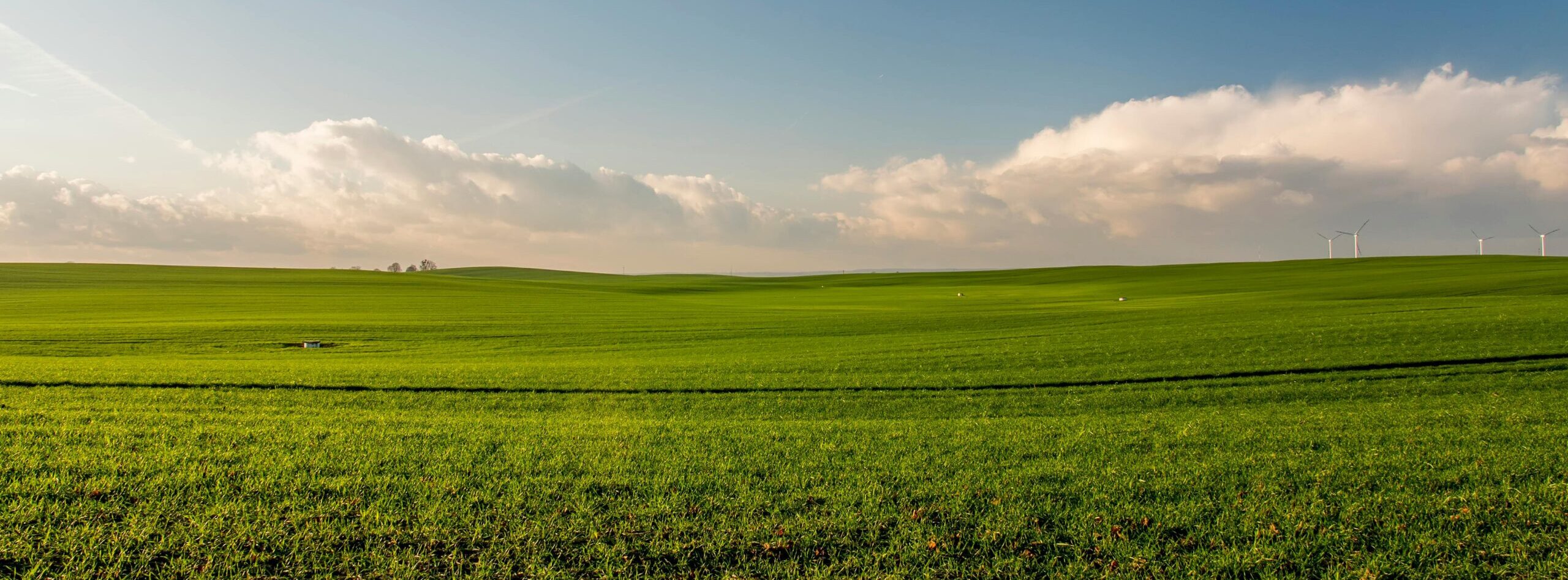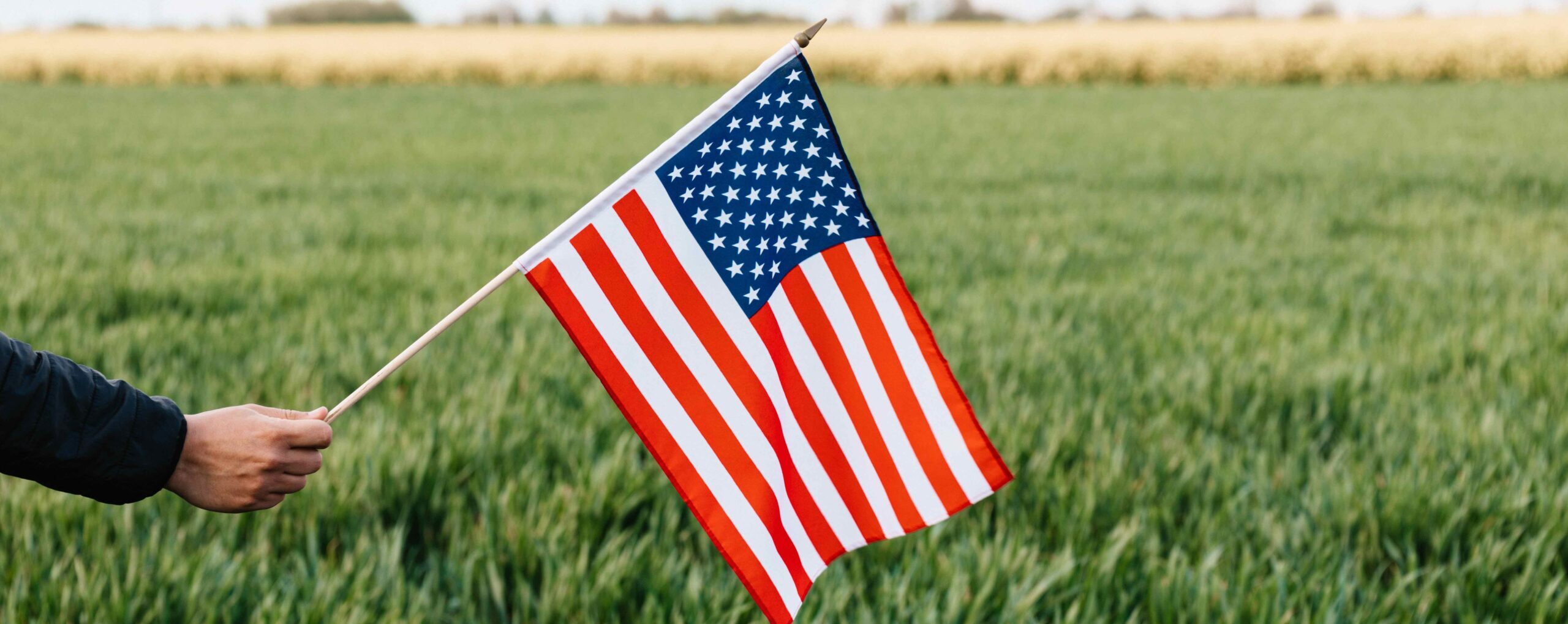Recently we were emailed a publication regarding the lack of progress on the farm bill that really gave us pause. As is normally the case, we agree with much of the article; however, one specific sentence (below) in the conclusions cannot go unaddressed.
“Farm Bill reauthorization has failed to launch; it is the hidden demand for increasing reference prices, not matched by any actual proposals and shielded from public scrutiny, that blocks any potential for progress.”
There are two problems with this sentence. First, the demand for higher reference prices isn’t really “hidden.” Last year the House and Senate Agriculture Committees held multiple hearings and listening sessions regarding what producers want in the next farm bill. The hearings that focused on Title I of the farm bill were on April 26th in the House of Representatives and May 2nd in the Senate.
In the House hearing, of the nine witnesses representing covered commodities that receive safety net protection from ARC (Agriculture Risk Coverage) and PLC (Price Loss Coverage) for their crops, only three didn’t explicitly ask for higher statutory reference prices in the next farm bill (USA Dry Pea and Lentil Council, U.S. Canola Association and National Corn Growers Association (NCGA)). However, the NCGA witness asked to “strengthen the Price Loss Coverage (PLC) effective reference price ‘escalator’” which would cost money and result in higher reference prices for corn. Thus 7 out of 9 wanted higher reference prices.
In the Senate hearing, there were seven witnesses representing covered commodities that receive safety net protection from ARC and PLC. Six of the seven explicitly asked for higher reference prices with the NCGA witness again asking to strengthen the PLC effective reference price escalator. In other words, seven out of seven witnesses from national groups asked to increase the reference price for their commodity.
The second problem with the statement is this notion that the demand for higher reference prices is “not matched by any proposals and shielded from public scrutiny.” At this point, the agricultural committees are at the mercy of House and Senate leadership who have provided little to no additional funds for developing the next farm bill. Committee leadership and staff have been left to “find” savings from other areas of the farm bill to fund higher reference prices. Thus far, it appears none of the sources of funds found to fund reference price increases have been acceptable to their counterparts across the aisle. If anything is responsible for the failure of farm bill reauthorization to launch, it is that impasse. As for higher reference prices, the demand is abundantly apparent. Once the impasse is broken, only then will the stage be set for fulsome discussions on the extent to which the reference prices can be raised.
Outlaw, Joe, Bart L. Fischer, and Katelyn Klawinsky. “Demand for Raising Reference Prices Not Hidden Very Well.” Southern Ag Today 4(9.4). February 29, 2024. Permalink









